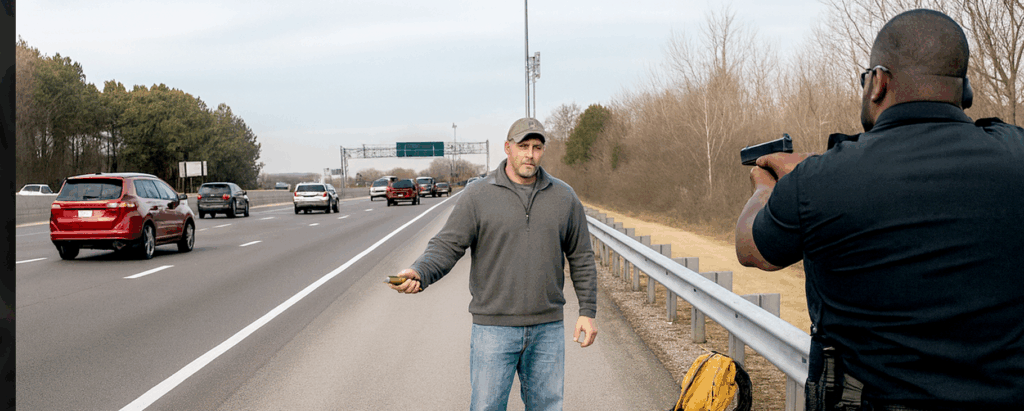Pipkins v. City of Hoover, 2025 WL 1131371 (11th Cir. 2025)
As our department has provided extensive active shooter training for businesses, churches, schools and civic groups throughout our city, officers constantly reinforce the danger of running toward an officer with a gun drawn. “But he had a concealed weapon permit!” is not something anyone wants in their obituary. This case is illustrative. It also serves as a reminder that not every other officer will recognize you if you’re in plain clothes, off duty and acting in an unfolding active shooter event. As del Pozo and Friedman remind us in “Policing in the Age of the Gun”: “In the mind of the police officer, the lawfully-carried gun can kill just as easily as the illegal one; it is never more than a moment away from doing so.”
Two officers were on foot patrol at the Riverchase Galleria in Birmingham, Alabama, when they heard gunshots from a store in the mall. Seconds later, Officer David Alexander spotted a man with a gun in his hand running toward two other men in the crowd of panicked shoppers. When the armed man was just 10 feet from the others — positioned between the officer and his partner — Officer Alexander shot the subject, killing him. Neither officer had issued a verbal warning.
The deceased man turned out to be Emantic “E.J.” Bradford, who held an Alabama concealed weapon license and was moving toward the sound of the gunfire, attempting to help.
Bradford’s mother sued. The trial court granted summary judgment to the officers on the federal civil rights claims (also dismissing state law claims, ruling the officer’s deadly force was reasonable and that a verbal warning was not feasible under the circumstances. Bradford’s mother appealed.
The appellate court affirmed the trial court’s decision, noting the officer was in a crowded mall, had heard gunshots, saw shoppers running away from a store, and saw Bradford running with a gun in hand toward two men who were not fleeing from the sound of the gunshots. The court agreed a verbal warning was not feasible due to the immediate threat perceived by Officer Alexander and the extreme time compression in which he had to act. The court concluded the officer “was forced to make a split-second judgment as to whether Bradford posed a threat of serious physical harm to others.”
This was a tragic outcome for all, to be sure. But it is also a poignant learning opportunity for officers and armed citizens alike.



